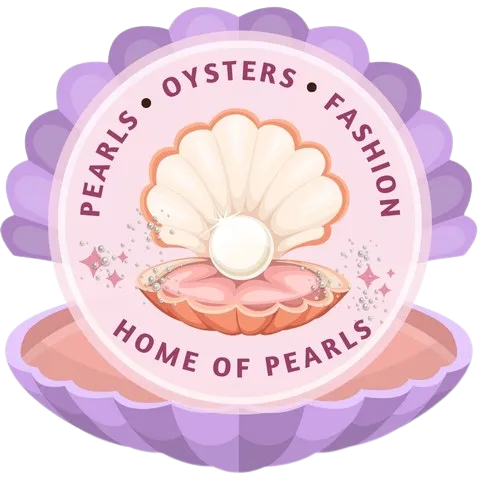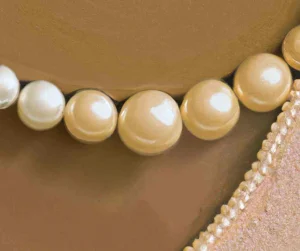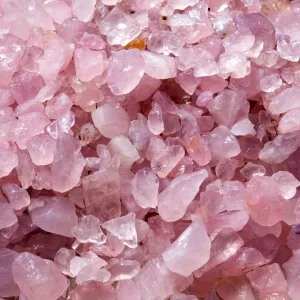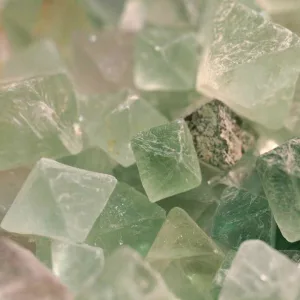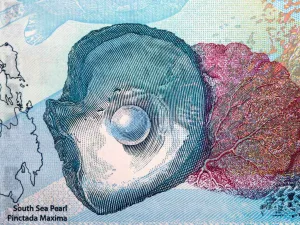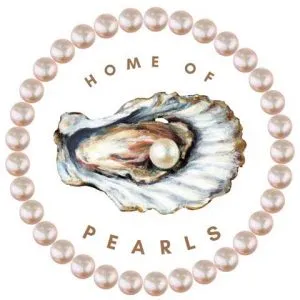Pearls are a rare luxury item. It takes years for a pearl to form, and its value is directly linked to the quality of its nacre (the outside coating). So how do pearls get from their shell homes on the ocean floor to your hand? In this article, we’ll explore how pearls are harvested and what factors go into determining their value.
Table of Contents
- Process of Pearl Production
- How many pearls are harvested a year?
- Pearl formation
- Types of culture pearls
- Harvesting of pearls
- Expected number of pearls after a harvest
- Reference
Process of Pearl Production
The major pearl culture industries in places like Japan, Australia, and French Polynesia had traditionally depended on wild-caught oysters. These oysters were either collected as adults or juveniles and then prepared for commercial pearl production.
Modern pearl production is now carried out by commercial hatcheries and involves the selection for commercially viable traits of juvenile oysters that improves the nacre color and pearl growth. It is worth noting that it takes approximately two years for most pearl oyster species to reach an appreciable size required for commercially viable pearl production.
The process of nucleated pearl production involves a series of stages, preparation (conditioning) of the oyster, oyster section, nucleation(an operation to insert a nucleus into the soft tissues of a pearl), surgery aftercare, pearl growth, and pearl harvest.
How many pearls are harvested a year?
China is responsible for 98% of annual global cultured pearl production (99.5% are freshwater pearls). This respresents a little over 3500 tonnes of unprocessed pearls, valued at 15 million US Dollars. Unfortunately, global pearl production has fallen by 60% over the past decade. Source : Food and Agriculture Organization of the United States (2019 Global Report)
Pearl formation
Contrary to the widely known idea that natural pearls are formed when a tiny irritant enters the soft tissue of an oyster, more recent evidence suggests that pearls actually occur when an oyster’s mantle tissue is damaged.
After this initial damage to the mantle, one or more epithelial (outer lining( cells are transferred into the soft tissue of the pearl. Consequently, these cells then multiply and form a cyst (fluid-containing sac) which then forms the “pearl-sac”. The pearl sac is what results in a matured pearl after continuous deposition of nacre.
Types of culture pearls
Commercial (cultured) pearls can be grouped into four major types:
- Mabe
- Non-nucleated
- Nucleated
- Keshi pearls.
Mabe pearls
These are the oldest type of cultured pearls. It is produced from blister pearls which grow attached to the inner surface of a mollusk shell. Blister pearls are lower quality pearls that are formed after carving various shapes into the inner surface of a mollusk shell. These shapes are then coated by nacre. These blister pearls are then cut out of the inner shell. To create a Mabe pearl from a blister pearl, farmers carve out the interior of the blister pearl. They subsequently fill the interior of the blister pearl with a paste. The blister is then coated with a mother-of-pearl backing to form a Mabe pearl.
Non-nucleated pearl
It involves surgically implanting donor mantle sections (from a sacrificed adult oyster) into the mantle of a host oyster. Non-nucleated pearls from freshwater mussels account for approximately 90% of all commercial pearl production.
Nucleated pearl
Nucleated pearl production involves a surgical operation that consists of an implantation of a shell-based bead and a section of mantle tissue (saibo) from a donor oyster into a host.
Keshi pearl
The process of inserting a nucleus with its surrounding ‘mantle piece’ (epithelial tissue) into Pinctada martensi (a species of oyster) can cause Keshi formation. With the insertion of a nucleus into the gonads of an oyster, the incision itself, plus the piece of mantle tissue inserted, can both cause the formation of small cysts (fluid-filled sacs) producing small pearly baroque ‘pearls’, varying from 1 to 4mm.
Harvesting of pearls
The period from operation to harvest varies depending on the species of oysters and environmental factors. For example, Akoya pearls grown mainly in Japan and China are harvested within 1 year of operation (placement of a nucleus). On the other hand, pearls from P. maxima and P. margaritifera are typically grown for between 1.5 to 3 years. Commercial oysters are suspended in water (saltwater or freshwater) via either rafts or long lines.

Most modern pearls are cultivated under unique environmental conditions. For example, environmental factors such as water temperature, the flow rate of water, and food availability influence the growth and quality of both natural and cultivated pearls. Researchers have been able to show that high water temperature actually stimulates both shell formation (of the oyster) and nacre deposition around a mother of pearl. On the other hand, low water temperature leads to fewer surface defects on a pearl.
Oysters of P. maxima and P. margaritifera are usually lowered to depths ranging from 15 to 30 meters to allow non-fluctuating temperature with no significant changes in the flow rate of water. This allows optimal growth of pearls.
The process of pearl harvesting is typically carried out during the cooler months of the year. This is because cooler temperatures promote a slow layering of nacre and, consequently, better luster to the pearls. Some farmers lower oysters to greater depths in the last few months before a planned harvest to improve the quality of the pearls.
Expected number of pearls after a harvest
The location of the pearls vary based on the type of mollusk. For example, south sea pearls grow a single pearl in their gonad tissue (sexual organs), while freshwater pearls may have up to 20 grafts in each mantle lobe. Thus freshwater pearls produce a higher yield than saltwater pearls.
Reference
Latchere O, Mehn V et al. Influence of water temperature and food on the last stages of cultured pearl mineralization from the black-lip pearl oyster Pinctada margaritifera. PLoS One. 2018 Mar 5;13(3):e0193863
Taylor, J., E. Strack, P. C. Southgate, and J. S. Lucas. “The pearl oyster.” (2008): 272-302.
